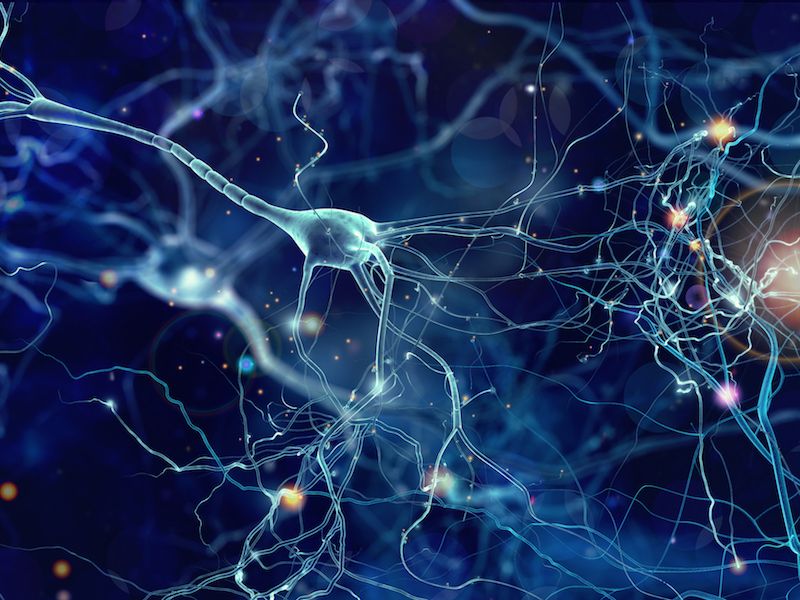
How frequently do you contemplate your nervous system? For the majority of individuals, the answer would most likely be not that frequently. Usually, you wouldn’t have to worry about how your neurons are sending messages to the nerves in your body. But you will take a closer look when something goes wrong and the nerves begin to misfire.
One specific disease called Charot-Marie-Tooth Disease that typically affects the extremities can also have a fairly wide-scale impact on the entire nervous system. And there’s some evidence to suggest that CMT can also cause high-frequency hearing loss.
Charot-Marie-Tooth Disease, What is it?
Charcot-Marie-Tooth disease is a set of inherited conditions. Essentially, these genetic disorders cause something to go wrong with your nerves or with the protective sheathing around your nerves.
There is an issue with the way signals move between your brain and your nerves. A loss in motor function and sensation can be the result.
A combination of genetic factors usually leads to the expression of symptoms, so CMT can be present in a number of variations. Symptoms of CMT commonly begin in the feet and go up to the arms. And, high-frequency hearing loss, strangely, has a high rate of occurrence among those who have CMT.
A Connection Between Loss of Hearing And CMT: The Cochlear Nerve
There’s always been an anecdotal connection between hearing loss and CMT (meaning that inside of the CMT community everyone has heard others tell stories about it). And it seemed to mystify people who suffered from CMT – the ear didn’t appear all that related to the loss of sensation in the legs, for example.
A scientific study firmly established the connection just recently when a group of scientists examined 79 people with CMT at the University of Iowa Hospitals and Clinics.
The findings were rather decisive. Nearly everyone with CMT passed their low and moderate frequency hearing assessments with flying colors. But all of the participants showed hearing loss when it came to the high-frequency sounds (usually around the moderate levels). high-frequency hearing loss, according to this study, is likely to be connected to CMT.
What is The Cause of Hearing Loss And How Can it be Addressed?
At first, it could be puzzling to try to figure out the link between high-frequency hearing loss and CMT. But all of your body, from your eyebrows to your toes, relies on the correct functioning of nerves. Your ears are no different.
The theory is, CMT impacts the cochlear nerve so noises in the high-frequency range aren’t able to be interpreted. Anybody with this form of hearing loss will have a hard time hearing some sounds, including people’s voices. Notably, make out voices in crowded or noisy rooms can be a real challenge.
This kind of hearing loss is usually managed with hearing aids. There’s no recognized cure for CMT. Modern hearing aids can provide tremendous help in terms of fighting the effects of high-frequency loss of hearing, selecting only those ranges of sounds to amplify. The majority of modern hearing aids can also work well in loud environments.
Hearing Loss Can Have Many Causes
Researchers still aren’t entirely sure why CMT and hearing loss seem to co-exist quite so frequently (above and beyond their untested hypothesis). But this form of hearing loss can be efficiently managed using hearing aids. That’s why many people with CMT will make time to sit down with a hearing care professional and get a fitting for a custom hearing aid.
There are a variety of causes for hearing loss symptoms. Often, it’s an issue of loud noise causing damage to the ears. In other situations, loss of hearing may be the result of a blockage. It turns out that CMT can be still another cause of loss of hearing.